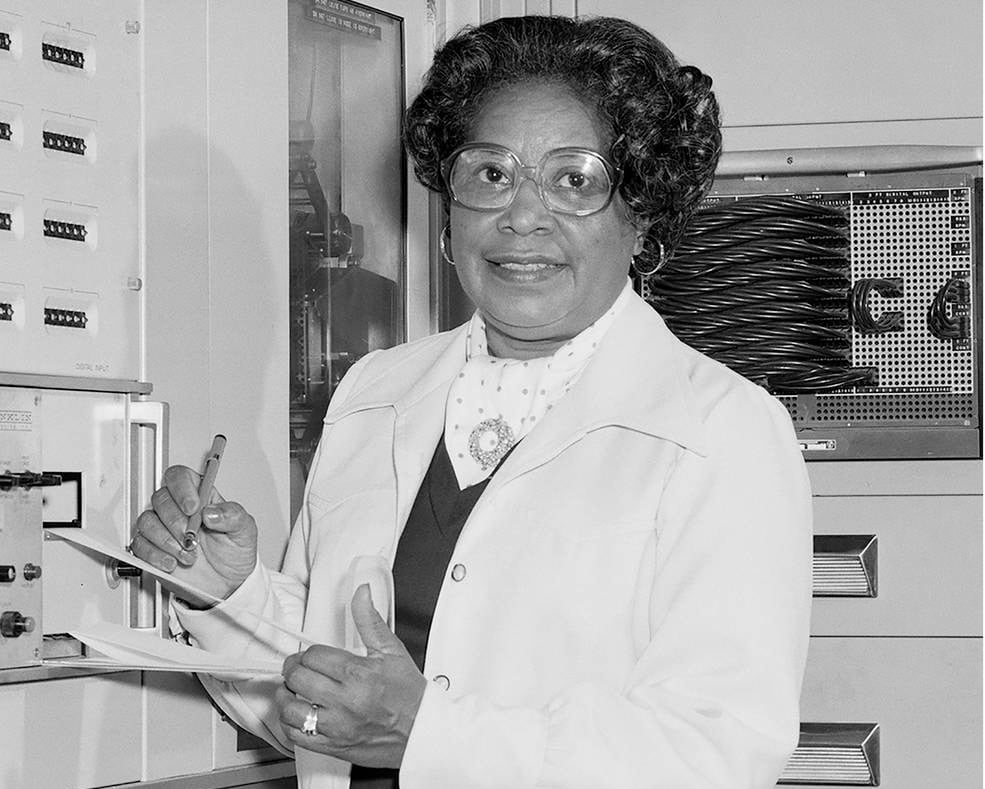Jackson began her career in the 1950s in a segregated computing unit at NASA’s Langley Research Center in Hampton, Va., that recently drew national attention as the setting for the 2016 movie “Hidden Figures,” based on a book by the same name.
Last year, the portion of E St. SW in front of NASA’s D.C. headquarters was renamed “Hidden Figures Way” in recognition of the African American women who worked at NASA in its early days.
The news came the same day some in the space industry began to push NASA to change the name of the Stennis Space Center in southern Mississippi, named for John C. Stennis, the longtime senator from Mississippi, a segregationist who opposed racial equality and the integration of schools. And it comes as communities across the country are taking down Confederate monuments in the wake of the killing of George Floyd while he was in police custody.
In response to the request to rename the space center, a NASA spokesman said that agency “leadership is sensitive to the discussions of racism, discrimination and inequalities going on around the world. We are aware of conversations about renaming facilities and are having ongoing discussions with the NASA workforce on this topic. NASA is dedicated to advancing diversity and we will continue to take steps to do so.”
The agency said it was honored to name its headquarters building after Jackson, who Bridenstine said was “part of a group of very important women who helped NASA in getting American astronauts into space. Mary never accepted the status quo, she helped break barriers and open opportunities for African Americans and women in the field of engineering and technology.”
Carolyn Lewis, Jackson’s daughter, said her family was “honored” by the recognition. “She was a scientist, humanitarian, wife, mother and trailblazer who paved the way for thousands of others to succeed, not only at NASA but throughout this nation.”
An accomplished mathematician and aerospace engineer, Jackson joined NASA’s predecessor, the National Advisory Committee for Aeronautics, starting as a research mathematician and working under fellow “Hidden Figure” Dorothy Vaughn at Langley. In the film, Jackson was portrayed by actress Janelle Monáe.
At NASA, Jackson went on to work with wind tunnel experiments, helping conduct experiments in an environment where the winds howled at nearly twice the speed of sound.
Her supervisor suggested she further her education with a program that would allow her to be promoted from mathematician to engineer. But the classes for the required training program were held a segregated high school, and she had to obtain special permission to attend the program.
Over a storied career that lasted until her retirement from NASA in 1985, she wrote numerous research reports, many focused on the behavior of the boundary layer of air around airplanes.
But in 1979, “seeing that the glass ceiling was the rule, rather than the exception for Langley’s female professionals, she made a final, dramatic career change,” according to a NASA bio. She left engineering and took a pay cut to serve as an administrator in the Equal Opportunity Specialist field, working to promote females and minorities.
She died in 2005, and in 2019 was posthumously awarded the Congressional Gold Medal.

